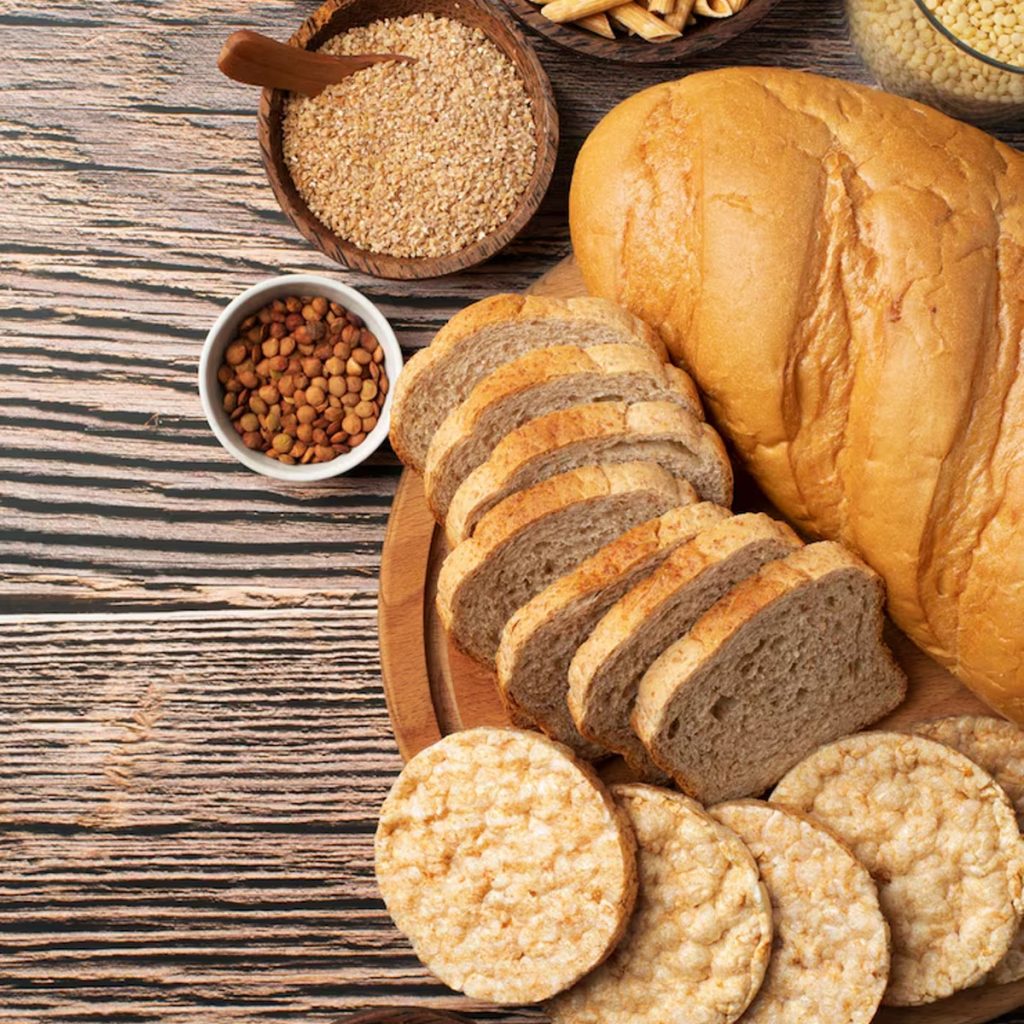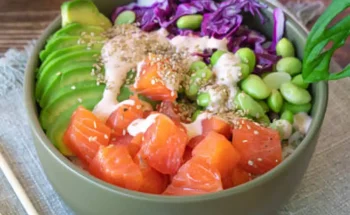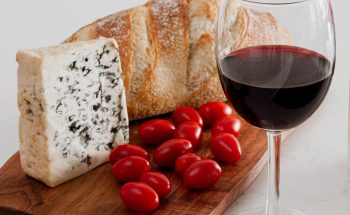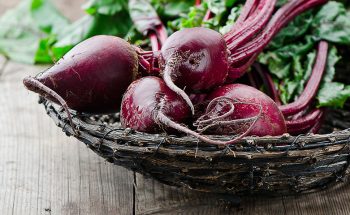Most medical diagnoses invite questions, yet few up-end daily habits as abruptly as coeliac disease. One moment, toast is comfort food, the next it is the culprit behind exhaustion, bone pain and an unsettled mind. In Britain, at least 1 in 100 people carry this autoimmune condition, though almost half remain undiagnosed. The moment a biopsy confirms the verdict, the prescription is crystal clear: a gluten free diet maintained without exception from that day forward. Far from punitive, this change unlocks a route toward renewed energy, stronger bones and sharper concentration. The pages ahead unpack the science, law and kitchen know-how that turn a daunting instruction into an achievable routine.
Why Your Diagnosis Matters
A formal coeliac diagnosis is more than a dietary label. It explains chronic symptoms that range from bloating to fertility issues and flags a heightened risk of osteoporosis, anaemia and other autoimmune disorders if gluten exposure continues. Armed with the truth, you can engage a registered dietitian, qualify for NHS annual reviews and receive accurate antibody monitoring. Most of all, you gain a clear target: strict gluten removal so the intestinal lining can repair and nutrient absorption can rebound.
The Autoimmune Mechanism Explained
Gluten, a protein network found in wheat, barley and rye, carries fragments that resist complete digestion. In genetically susceptible people, these fragments slip through the gut wall, where an enzyme called tissue transglutaminase alters them. The immune system misreads the altered fragments as hostile and launches an inflammatory assault. Microscopic finger-like villi that line the small intestine become flattened and can no longer absorb iron, calcium, folate or vitamin B12 efficiently. Unlike an allergy, the response is slow but relentless, triggering damage that continues for as long as gluten lingers on the menu.
Comparing Gluten Conditions
Although symptoms overlap, coeliac disease is distinct from both wheat allergy and non-coeliac gluten sensitivity.
| Feature | Coeliac Disease | Wheat Allergy | Non-Coeliac Gluten Sensitivity |
| Immune driver | Autoimmune, T-cell mediated | IgE mediated | Innate immune response |
| Key tests | IgA anti-tTG, EMA, biopsy | Wheat-specific IgE | Diagnosis of exclusion |
| Gut damage | Villous atrophy | None | None |
| Onset speed | Days to weeks | Minutes to hours | Hours to days |
Mistaking one condition for another can lead to inappropriate treatment. Only coeliac disease demands lifelong, absolute gluten avoidance to prevent intestinal harm.
Fun fact: The word “coeliac” comes from the Greek “koiliakos”, meaning “abdominal”. Hippocrates described patients with chronic digestive upset nearly 2,400 years ago, long before gluten was identified as the trigger.
The Three Grains to Avoid
All varieties and derivatives of wheat, barley and rye must disappear from a coeliac-safe kitchen because even a crumb can restart the autoimmune attack. This includes spelt, durum, semolina, couscous, malt extract, pearl barley and rye crackers. Triticale, a wheat-rye hybrid, is off limits as well. Beer brewed from these grains joins the prohibited list unless it is specifically processed to remove gluten and labelled accordingly.
Spotting Hidden Gluten on UK Labels
Shopping becomes simpler once you learn the legal signposts.
- Mandatory allergen emphasis highlights wheat, barley, rye and oats in bold type within ingredient lists.
- A product labelled “gluten free” by law contains no more than 20 parts per million of gluten, a threshold proven safe for most adults with coeliac disease.
- The Coeliac UK Crossed Grain symbol adds an extra audit layer covering factory controls.
- Precautionary phrases such as “may contain wheat” signal uncertain cross-contamination risk and are best avoided.
Certain ingredients sound alarming but are exempt: wheat-derived glucose syrup, wheat-based maltodextrin and distilled spirits test below the 20 ppm safety line because protein fragments are removed or evaporated during processing.
Naturally Gluten Free Staples
Building meals around unprocessed produce is the most reliable strategy. Every fruit and vegetable, all fresh meat, poultry and fish, eggs, milk, plain yoghurt and cheese are naturally free of gluten. Pulses add protein and fibre; nuts and seeds deliver healthy fats. Starchy comfort comes from potatoes, sweet potatoes, rice and corn.
Safe Grains and Flours for Balance
A gluten free routine still needs whole-grain texture, B-vitamins and fibre. Rotate the following to avoid monotony:
- Quinoa – cooks like rice, complete protein profile
- Buckwheat – nutty flavour ideal for breakfast porridge
- Millet – fluffy side dish or polenta alternative
- Sorghum – mild taste, excellent in homemade bread blends
- Teff – tiny Ethiopian grain rich in iron and resistant starch
- Amaranth – high calcium content for bone support
Remember that oats require a gluten free guarantee on the packet. Regular oats almost always travel through shared harvesters and mills, risking contamination.
Preventing Cross Contamination at Home
Gluten can travel in crumbs smaller than a pinhead, yet those crumbs carry enough protein to reignite the immune attack that blunts intestinal villi. The simplest safeguard is to imagine your kitchen split into two zones: one strictly gluten free, the other for household members who still eat wheat, barley or rye.
Set up a separate toaster. Stainless-steel slots trap fragments of bread, so either buy a dedicated gluten free model or use heatproof toaster bags every time.
Mark chopping boards. Plastic or glass boards for gluten free food are easier to sanitise than wood. Store them upright in a labelled rack to avoid mix-ups.
Colour code utensils. Silicone spatulas, wooden spoons and strainers absorb starch. Choose a bright colour for gluten free tools, then keep them in a caddy away from general use.
Divide condiments. Butter, jam and mayonnaise invite double dipping. Opt for squeezy bottles where possible and label individual tubs GF if separate jars are needed.
Clean as you go. Hot, soapy water removes gluten proteins. Wipe surfaces before preparing a meal and run shared pans through the dishwasher on a hot cycle rather than rinsing by hand.
These habits sound fiddly at first. Within a fortnight they become second nature and protect every snack that lands on your plate.


Keeping Nutrition on Track
Eliminating wheat, barley and rye thins your supply of iron, B-vitamins and, in the case of fortified breakfast cereals, folic acid. Swap rather than simply subtract.
Iron: Lean beef, venison, tinned sardines with bones and green lentils cooked in stock, raise stores without tablets. Pair plant sources with vitamin C to improve absorption – think spinach salad sprinkled with strawberries.
Calcium and vitamin D: Dairy remains naturally gluten free. If you prefer plant drinks, pick those fortified to at least 120 mg calcium per 100 ml. Public Health England recommends a 10 microgram vitamin D supplement during darker months for everyone; coeliac patients often benefit all year.
Fibre: Many gluten free breads rely on refined starch. Balance your day with chickpeas, chia seeds, raspberries and quinoa porridge to hit the 30 g target. A diverse fibre intake feeds friendly microbes and helps prevent constipation, a common early complaint after gluten withdrawal.
Fun fact: The first recorded gluten free product for coeliac patients was a specially milled rice-based loaf baked at Great Ormond Street Hospital in the 1940s, decades before supermarkets created “Free From” aisles.
Accidental Gluten Exposure and Recovery
A sip of lager at a wedding or an unlabelled soy sauce can bring back cramping, brain fog and profound fatigue within hours. While distressing, the episode does not undo months of healing, provided you act quickly.
Step one is to stop eating, identify the source and remove any remaining portion. Step two involves hydration with water or oral rehydration salts to replace fluid lost through diarrhoea. Warm peppermint, ginger or fennel tea can ease spasms. Step three is gentle diet rest: steamed rice, banana, plain chicken, scrambled eggs. These foods minimise mechanical irritation while the gut lining calms.
Inflammation subsides in days, yet microscopic repair occurs over weeks. Support the process with an anti-inflammatory pattern rich in oily fish, extra virgin olive oil, turmeric and colourful vegetables. Keep a note of the incident in a symptom diary: the exercise is not self-blame, it highlights weak links in shopping or social routines so you can tighten defences.
Supporting Your Gut Microbiome
Research at King’s College London shows people with coeliac disease often harbour lower levels of Bifidobacterium and Lactobacillus species. A fibre-rich gluten free plate restores balance over time, but you can accelerate diversity.
Add prebiotic foods daily. Jerusalem artichokes, cooked and cooled new potatoes, ripe bananas and gluten free oats feed beneficial bacteria.
Consider a certified probiotic. Strains such as Lactobacillus plantarum 299v have shown promise for bloating relief, yet supplements vary in quality. Choose brands displaying independent gluten testing and consult your GP or dietitian before purchase.
Ferment at home. Live yoghurt, kefir made with lactose free milk, kimchi prepared with gluten free gochugaru and miso stirred into soups introduce living cultures without hidden wheat.
Small, consistent servings trump sporadic binges. Aim for two or three fermented or high-fibre plant foods at every meal.
Eating Out, Holidays and Social Events with Confidence
Restaurant checks
- Scan menus online for a gluten free icon, then phone to confirm staff training.
- Ask whether chips share a fryer with battered items. Dedicated oil is non-negotiable.
- On arrival, state clearly: “I have coeliac disease, my meal must be gluten free to avoid illness.”
Choosing venues that hold the Coeliac UK GF Accreditation greatly reduces risk because auditors verify storage, preparation and service protocols.
Travelling abroad
Pack shelf-stable snacks: oatcakes, nut bars, instant rice noodles and sachets of peanut butter. Download Coeliac UK’s translated restaurant cards explaining your requirements. Learn key phrases like “wheat flour” and “barley malt” in the local language. For self-catering trips, reserve accommodation with a microwave or hob so you can prepare simple dishes if dining choices are limited.
Parties and family gatherings
Offer to bring a dish, then serve yourself first to prevent utensil crossover. If buffets are unavoidable, choose sealed items such as crisps labelled gluten free or fruit on its skin. A polite conversation with the host a few days beforehand usually removes awkwardness and allows them to adapt recipes or clear a preparation space.
The UK Support Network
- NHS – Provides diagnostic testing, annual reviews, bone density scanning and referrals to registered dietitians. In some regions you may access staple gluten free breads or flours on prescription.
- Coeliac UK – Offers a helpline, product directory, venue guide and local support groups. Membership grants the Crossed Grain symbol to food manufacturers that meet rigorous standards, driving industry change.
- Community connections – Online forums, social media groups and local meet-ups swap gluten free recipes and share alerts on product reformulations. Peer insight often highlights new safe options long before supermarket signage catches up.
Conclusion Embracing a Gluten Free Life
Coeliac disease demands vigilance, yet it gifts clarity. Where once fatigue and fog masked your days, a strict gluten free diet illuminates energy and calm. Success rests on three pillars: ruthless avoidance of wheat, barley and rye, proactive nutrition that replaces lost fibre and micronutrients, and the confidence to speak up in kitchens beyond your own. Treat every meal as an opportunity to nourish gut tissue and friendly microbes alike. In doing so you confirm the old proverb: a stitch in time saves nine. Protect each bite today, and you spare yourself months of repair tomorrow.





